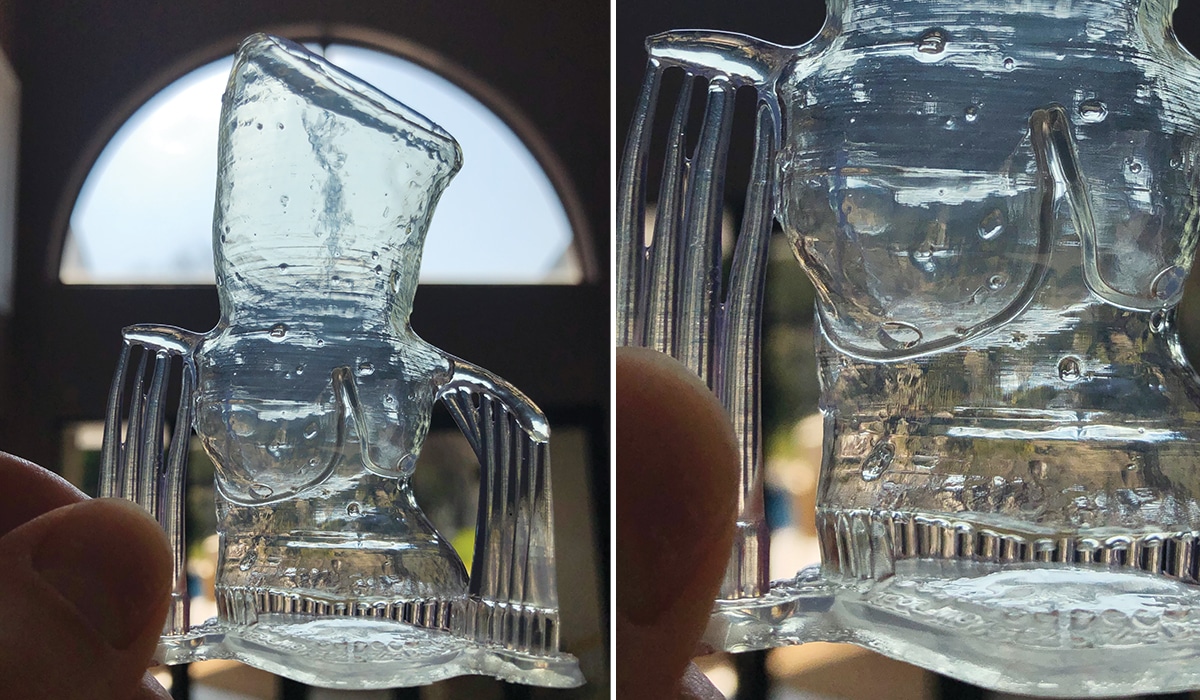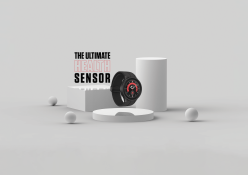Realising the incredible potential of this technology is what motivated Dr Cherise Dunn, founder and CEO of South Africa Makes, and co-founder Dr Riyad Domingo, to launch the company, which provides 3D-printing services for the medical, dental and research industries in Africa. We spoke with Dr Dunn about all things 3D printing.
How did South Africa Makes get started?
We launched in 2018, using stereo-lithography 3D printing to create a number of healthcare solutions: prototypes, in-vitro diagnostic devices, educational models and therapeutic products for researchers and doctors. We really are just here to create a more resilient healthcare supply chain.
I first became interested in this technology while I was working as a cancer researcher. It completely blew my mind to see that it was possible to use stem cells from breast cancer survivors who have had a mastectomy to regrow biological breast tissue, as opposed to getting implants.
Over the years, we haven’t tried to reinvent the wheel. We are always going to be a very small team with lean resources, which is why we’ve partnered with the right people and have leveraged the right tools to do the work we do. We’re trying to build an ecosystem, so it’s going to take time.

What exciting projects have you worked on?
At the beginning of the pandemic, there was a news story about how two big factories, one in Italy and one in the US, that were responsible for making the nasopharyngeal swabs used to test for COVID went down because they were human run and workers kept falling ill.
The 3D-printing world, which is already well established in Europe and North America, mobilised and created FDA-approved 3D-printed swab designs. We got access to these designs and were able to 3D print swabs locally. We were also funded by the Kingdom of the Netherlands to create a paediatric version of the swabs for localised testing.
This has been something that we have been able to use to show local stakeholders the real power of this technology and the power of decentralised manufacturing.
Can medical-grade 3D printers operate in rural areas?
I think the biggest challenges are around education and upskilling or re-skilling of local talent, the people who will be looking after the equipment on site. Obviously, I can say that electricity and infrastructure are a challenge, but there are workarounds to this. It’s mainly the education of clinical teams and the facilities team.
We really want the technology to be sustainable and utilised to its full potential but you need buy-in from the people who have the problems you are trying to solve. If, for example, a hospital or clinic has a wheelchair needing one or two parts, that whole wheelchair doesn’t have to be discarded and taken out of the system. We could scan that part from another working wheelchair, print the broken parts and get it back into circulation for patients to use.

What does success look like for your organisation?
Ultimately, we’d like to see South Africa Makes being franchised and have 3D-printing facilities located on site at clinics and hospitals across the country. So, one day, we hope to see a Limpopo Makes, or even a Kenya Makes, for example.
This is important, because the people on the ground have an incredible wealth of knowledge around the local context and can provide valuable insights around what they really need and that’s how we can implement this technology and make sure it is used effectively.
A long way to go for Africa
The global 3D-printing market was valued at $16.75 billion (around R324 billion) in 2022 and is projected to grow at a compound annual growth rate of 23.3% from 2023 to 2030. Unfortunately, Africa only contributes less than 1% of the talent pool able to use this technology with a long way to go before it can really capitalise on this billion-dollar market opportunity.
Pill popping
If you are one of the many people who need to take a handful of tablets each morning, you will know how easy it can be to forget one. But this could soon change. The pharmaceutical industry is working to create personalised medicine combining all the medication an individual patient needs to take into a single pill using 3D-printing technology.
These personalised small-batch pharmaceuticals will offer tailored dosages, shapes, sizes and release characteristics, which will make it possible to produce drugs on demand, reducing costs and waste in the process.
Words by Joanne Carew @Littlecarew Parts







